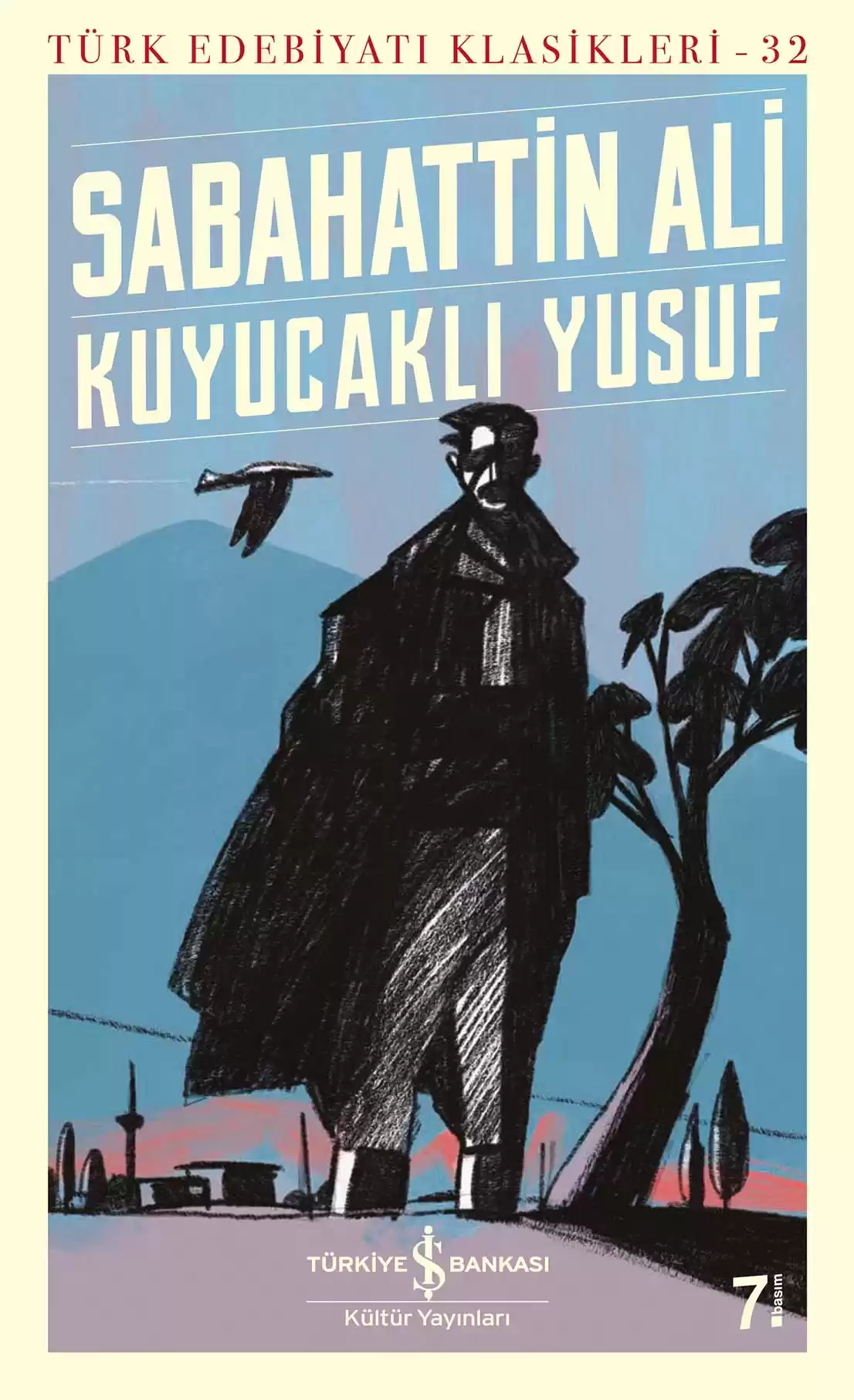Book Review | Kuyucaklı Yusuf
Sabahattin Ali was born on February 25, 1907 in Komotini and was killed on April 2, 1948 in Kırklareli. Sabahattin Ali, who graduated from the Istanbul Primary Teachers’ School, was sent to Germany by the Ministry of National Education in 1928 after teaching for one year in Yozgat. After returning in 1930, he taught German in Aydın, Konya and Ankara middle schools, worked as a civil servant in the Publications Directorate of the Ministry of National Education and as a dramaturge at the State Conservatory. He was taken under the command of the Ministry in 1945 and published the humor newspaper Markopaşa in Istanbul. He was arrested in 1948 because of an article he wrote and spent about three months in prison. He wanted to escape abroad because he was constantly being watched, but it was claimed that he was killed by a smuggler near Kırklareli. He wrote poems, stories and novels and made translations. His first articles were published in Irmak magazine in Balıkesir (1925/26). Sabahattin Ali brought a realistic and new breath to the story in the 1930s.
In his stories; Ali, who masterfully narrated some emotions that we have difficulty in defining, managed to reflect the wretchedness and strength of man with the same unwavering style, at times in a fairy-tale and epic way. His story books: Değirmen (1935), Kağnı (1936), Ses (1937), Yeni Dünya (1943), Sırça Köşk (1947). He collected his poems inspired by folk poetry in Dağlar ve Rüzgâr (1934). Sabahattin Ali also held a mirror to the human soul in his novels and looked at reality through this mirror. In his novels Kuyucaklı Yusuf (1937), İçimizdeki Şeytan (1940), Kürk Mantolu Madonna (1943), he enabled readers to perceive reality more deeply. When the play Esirler (1936), serialized in Varlık magazine, was added to the nine books published during his lifetime, his ten books were reprinted in a seven-volume collection by Varlık Publications (1965/66). All of his works were reprinted first by Bilgi Publishing House and then by Cem Publishing House. Sabahattin Ali’s stories were brought together under the title Bütün Öyküleri in YKY in 1997. Kürk Mantolu Madonna (1998), Markopaşa Yazıları ve Ötekiler (1998), İçimizdeki Şeytan (1998), Kuyucaklı Yusuf’un (1999) were reprinted, while Bütün Şiirleri was published in 1999.
Sabahattin Ali’s stories were published as separate books in 2003, based on their first editions, under the titles Değirmen, Yeni Dünya, Sırça Köşk, Kağnı-Ses-Esirler. The critical edition of All His Novels was published in January 2004 by Delta.
Subject of the Book
A young boy named Yusuf, who lives in a village, loses his mother and father when his family’s house is raided by bandits. The district governor who comes to investigate the scene adopts Yusuf and begins to raise him as his own son.
Yusuf, who starts living with his very young wife, the district governor and their daughter Muzazzez, will grow up in Edremit and try to get used to the people of this region that he does not like at all.
The book is one of the most realistic novels in Turkish literature, telling the story of Yusuf’s transition from childhood to maturity and his relationship with his great love Muazzez.






